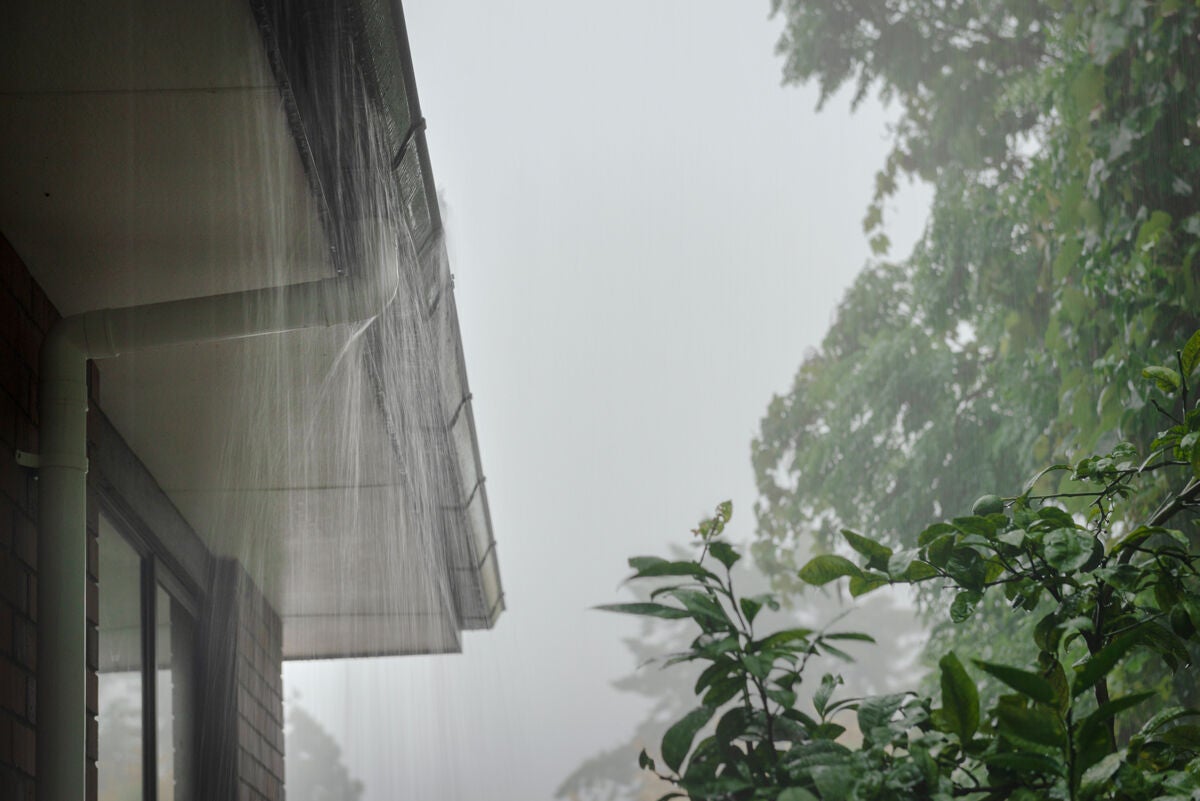Restoration era

Unprecedented rainfall recently saw New Zealand’s wettest January on record, further compounded by the devastating effects of Cyclone Gabrielle.
When homeowners in Christchurch were hit by the devastating earthquakes of 2011, they remarked one of the most challenging tasks was knowing where to begin.
Rural landowners will face a similar challenge as they survey farms and greenspaces, and expert advice extolls the virtues of ploughing ahead to manage a few simple tasks sooner rather than later.
Gardening after flooring
Layers of silt and mud are an obvious target area for clean-up. However, beneath the surface, the damage inflicted during flooding could see trees, shrubbery and other plants die slowly over many months following the initial weather event.
This is one of the key reasons landowners must take proactive steps to restore soil quality as soon as possible and mitigate the damage caused by the land being in a prolonged state of stress.
Severe soil compaction can mean that work undertaken at a later date is more complex, and gardeners across the country have remarked from experience that waiting months to work on soil quality makes it much more challenging to dig through.
Many across Aotearoa may not have a choice regarding where and when they return to their homes and gardens. Those that do will benefit from swift action, which has the potential to pay off tenfold once the first green shoots start to appear again.
While water-blasters are standard features of clean-up efforts, hosing down walls, flooring and other debris from homes, turning one on low pressure and aiming it at the garden plants can also be worthwhile.
Plants cannot photosynthesise covered in mud, so it becomes crucial they are cleaned and freed from muck to allow the gas exchange from stomata and the photosynthesis process to take place.
Soil matters
Waterlogging will be one of the greatest challenges faced following flooding in the garden, and this occurs when air spaces within the soil remain filled with water rather than oxygen.
Like all lifeforms, plant roots and soil microbes require air to survive. When this is replaced with water, they drown, which is why waterlogged soil can be so deadly.
It’s worth noting that even if the land did not flood during the recent weather events, extreme or prolonged periods of a downpour can increase fragility and your soil’s sensitivity when the next rain comes.
For property owners unsure if they are dealing with waterlogged soil, the garden will have developed a sour smell because the soil cannot process necessary oxygen.
Soft ground and the squelching soil underfoot is another sure sign of waterlogging. However, landowners can often rectify this quickly by keeping off the affected area (avoiding compaction) and allowing it to dry naturally in sunshine.
A plant’s life
For plants displaying signs of distress, including changing leaf colour and continuous shedding, it can indicate that delicate feeder roots have begun to perish and the plant can no longer drink or retain water.
Pruning plants can reduce their water requirements, enabling them to focus on more intensive and productive growth. However, be careful, as over-pruning can potentially stifle the plant’s ability to photosynthesise, which would derail recovery completely.
A good rule of thumb is most plants can handle approximately one-third of their foliage being removed, and it is advisable to focus on flowers so the plant can direct its energy into root growth.
In addition to this, seawed solutions are an excellent plant tonic and ideal for managing stress. They are also helpful for stimulating root growth, which plants may need right now.
Watering again
Returning to a watering routine can feel challenging and wrong after a huge rainstorm. However, wilting of foliage is an indication that it’s time to get back on the horse – slowly.
Professional gardeners recommend this because surface layers of soil tend to dry out more quickly than deeper layers, given their exposure to sunshine and wind.
Topsoil is the layer in which the greatest root damage will likely have occurred, so it is essential to manage this carefully, keeping mindful that this is also the location of many plant feeder roots.
If the surface soil has dried out, it means your plants, shrubs, and grass are struggling to get water. So, treating them – regardless of maturity – as if they were newly planted seedlings is advisable.